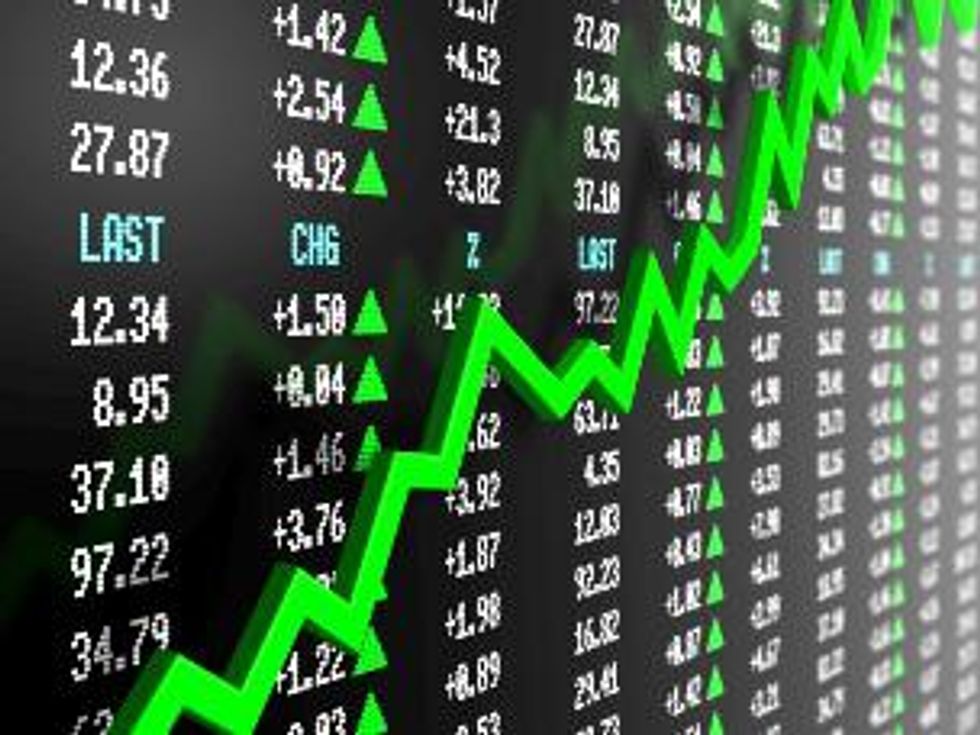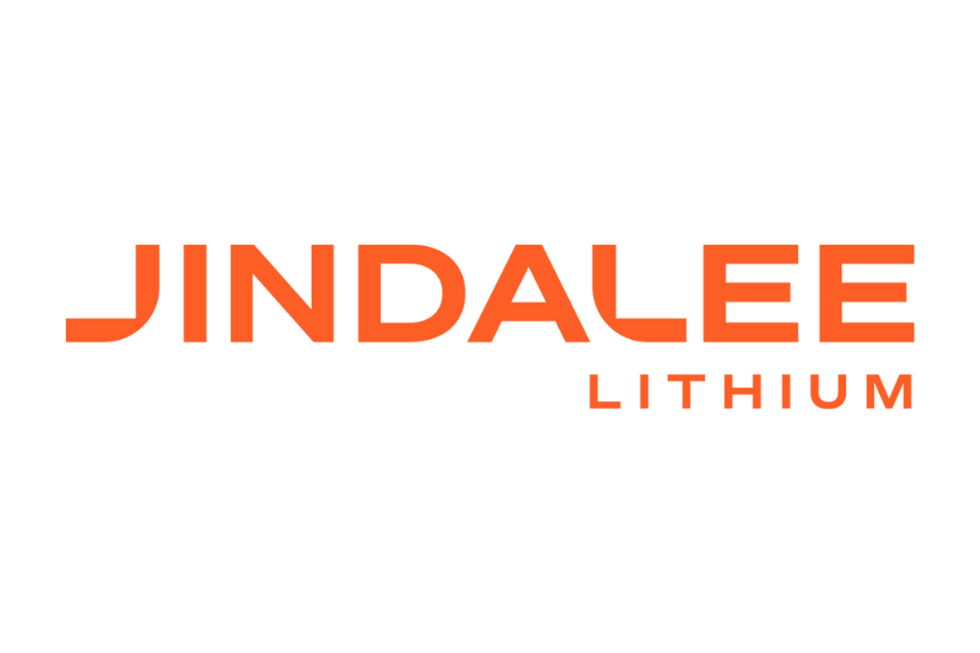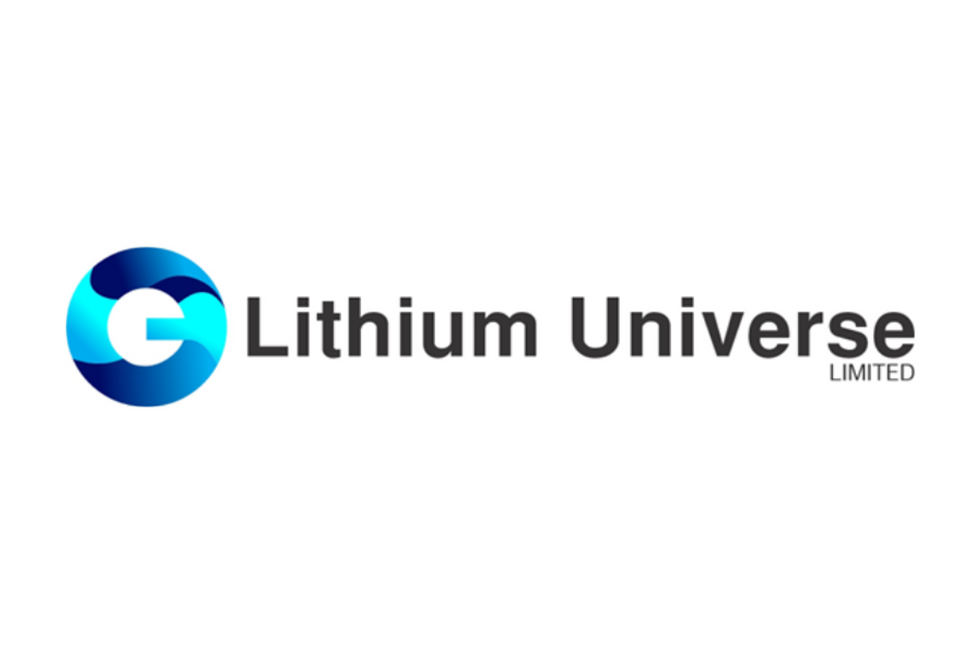Newly listed on the TSE, Western Lithium USA has leased a portion of claims on the Kings Valley Project located in north-western Nevada with lithium rich hectorite clay deposits. The company has conducted a scoping study and has a resource estimate for the initial stage of development hosting a historically estimated 11 million tones of lithium carbonate equivalent (LCE).
Last week,Western Lithium USA Corporation (TSX:WLC)announced that its common shares are now listed on the Toronto Stock Exchange (TSE). Western Lithium USA is engaged in the development of a lithium resource located in northwestern Nevada. The company leased a portion of claims on the Kings Valley Project located in north-western Nevada with lithium rich hectorite clay deposits. It has conducted a scoping study and has a resource estimate for the initial stage of development hosting a historically estimated 11 million tonesof lithium carbonate equivalent (LCE).
Western Lithium’s President, Jay Chmelauskas issued strong support for the news, “This listing on the senior TSX board is another milestone in the development of Western Lithium, coinciding with North America’s introduction to electric and hybrid automobiles using lithium-ion batteries,” Chmelauskas went further to say that “The graduation will open up a broader investor base and expand our access to capital as we continue to advance our Nevada-based source of lithium targeted towards North American and Asian battery manufacturers.”
Industry Outlook
MarketResearch has just issued a report suggesting increased demand for lithium ion batteries could mean the market will quadruple between now and 2020. The report provides a detailed look at the global lithium ion battery market covering several aspects, including:
- The competitive landscape
- Japanese, Korean and Chinese rivalry
- Partnerships and joint ventures
- Battery technology, political and standards risks
- Challenges ahead
- Battery technology trends
- Major opportunities
- Battery materials technology trends
- Price trends
- Cost trends
- Producer market shares
The report chronicles the development of lithium ion battery technology, from first proposal stages in the 1970’s to commercial manufacturing in the 1990’s. The market for lithium ion batteries has now grown to $11 billion for last year, and is expected to reach $43 billion by 2020.
Batteries are the largest end use for lithium, accounting for about 26 percent of demand, followed by ceramics and glass at 16 percent and lubricants at 13 percent. Demand for batteries is on the increase with the catalyst originating from both consumer electronics and mobile phone sectors and a highly anticipated increase in electric vehicle and hybrid demand.
The lithium content of batteries in lap top computer batteries average 70 grams per unit and mobile phones can average 3.4 grams per phone. The demand for these end uses is expected to grow 11 percent over the next five years; however, the greatest potential for medium term demand for lithium in batteries will be in the automotive sector, where an estimated 12 kg of lithium are used in a hybrid vehicle and 50 kg are required for a fully electric vehicle.
The market for these vehicles is expected to increase 25 percent over the next decade. This means the sector will need an additional 15 metric tons of lithium carbonate by 2015 and 18 metric tons by 2020. Terminal growth is not expected to continue unabated at these rates, but could stabilize within 15 years.
Apart from batteries, other lithium applications should approximate GDP growth rates, with ceramics and glass increasing by an estimated 4 percent per year, while industrial and other end uses will increase by 2.5 percent annually.
Geographic attribution and price
India and China will account for much of this increase with demand reaching 165,000 tonnes per year by 2015 compared with about 115,000 tonnes last year. Global demand for lithium this year is estimated to be about 123,000 tonnes; however, many analysts expect the market will continue to be adequately supplied in the foreseeable future.
Since the introduction of brine-sourced lithium into the market more than a decade ago, lithium prices have demonstrated significant volatility, peaking at $6,612 per tonne prior to collapsing 2009-2010 to an average of $5,069 per tonne. According to Lara Smith, a commodities analyst and managing director of Core Consultants, Chinese buyers were paying about $3,400 per tonne for lithium carbonate as recently as December. She predicted that prices over the next five years will average between $4,400 to 4,600 per tonne before returning to levels above $5,000 per tonne.
At the current price point, junior mining companies can again operate profitably, although margins are often relatively thin and prices may not hold. If the current price is maintained, a number of capacity additions over the next three years might be expected to to add about 49,000 tonnes. Of that total, 39 percent would come from higher cost hard rock sources, with another 38 percent coming from brine. The remainder would come from geothermal and clay or other mineral sources. Investors will note that brine source producers can be expected to reduce prices to protect their market shares, as current margins are large enough to make this strategy worthwhile.






